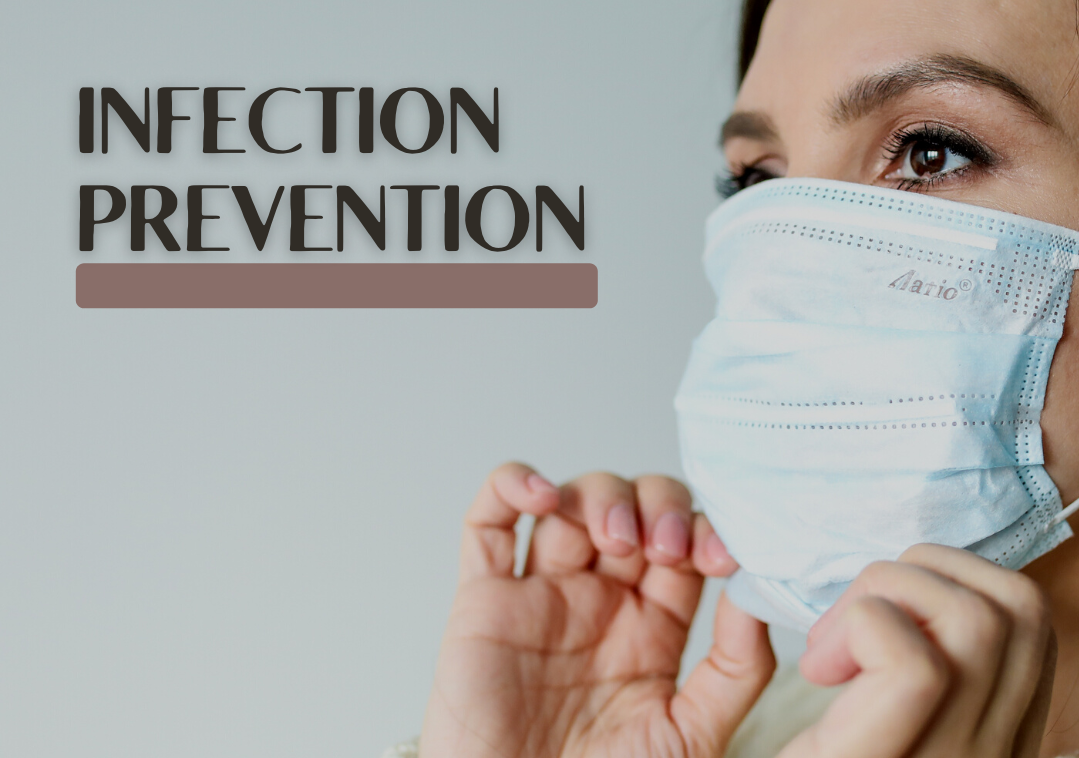Report Identifies Challenges in COVID Prevention Protocol Adherence

Infection prevention and control require ongoing efforts, and a new study stresses the importance of this. Researchers found that healthcare workers at highest risk for COVID-19 exposure were least likely to be compliant with infection prevention measures.
The study of 191 healthcare professionals involved self-reported responses to questions about factors that may impact infection prevention adherence, including the use of personal protective equipment (PPE) and hand hygiene over a 2-week period. The researchers found that nonphysician and non-nursing workers reported fewer errors (9.6%), in comparison to physicians (26.5%) and registered nurses (33.3%). They determined that those individuals with higher exposure risk were 5.74 times more likely to make errors.
Interestingly, hand hygiene was the task most frequently performed incorrectly. Researchers found that workers only followed hand and glove protocol 40% of the time in rooms with patients who had COVID-19.
These study results point strongly to the need for more consistent training and improved engagement in these efforts. During emergencies and times of extreme stress, safety procedures need to be part of muscle memory for workers and professionals alike. These protocols must be engrained as a regular part of their actions every time they enter or leave a patient’s room, particularly if that person has COVID-19 or other infection. Otherwise, these protocols can be missed or forgotten.
Over the course of the pandemic, the Centers for Disease Control and Prevention provided numerous recommendations for healthcare organizations to follow. Many of these are still relevant and can help ensure your teams continue to understand and prioritize infection prevention and control practices. These include:
- Establish a process to identify and manage individuals with suspected or confirmed COVID infections.
- Ensure everyone knows about recommended prevention practices. These should include posting visual signs/posters that include instructions about current infection prevention/control recommendations such as when to use source control and perform hand hygiene. Date these to ensure that they reflect current recommendations.
- Establish a process to ensure everyone entering the facility is aware of recommended actions to prevent transmission to others if they have a positive viral test for COVID, symptoms of the infection, and/or close contact with someone who has COVID.
While Infection Preventionists (IPs) are responsible for overseeing SNF infection prevention and control activities and ensuring infection sources are isolated to limit spread of bacteria, it is important to remember that this doesn’t work in a vacuum. Everyone on the team – from the Medical Director and Nursing Director to housekeeping and maintenance staff – understands their role in prevention. Regular in-services and spot checks on hand hygiene and other procedures are useful, as are drill and role-playing activities.